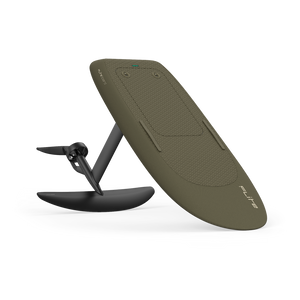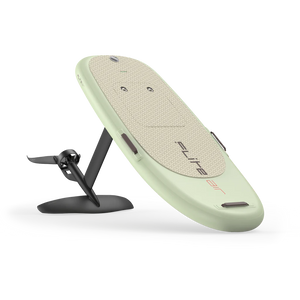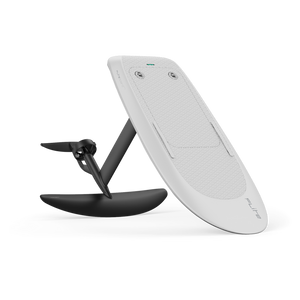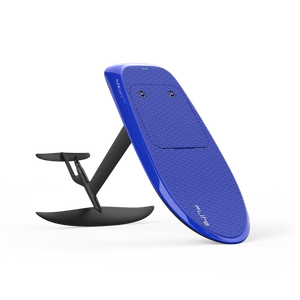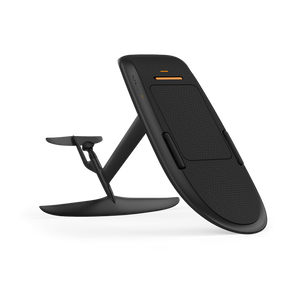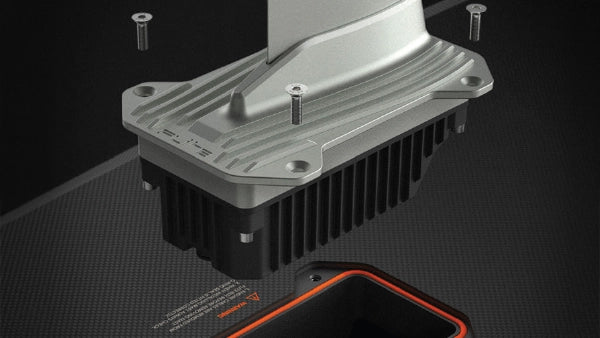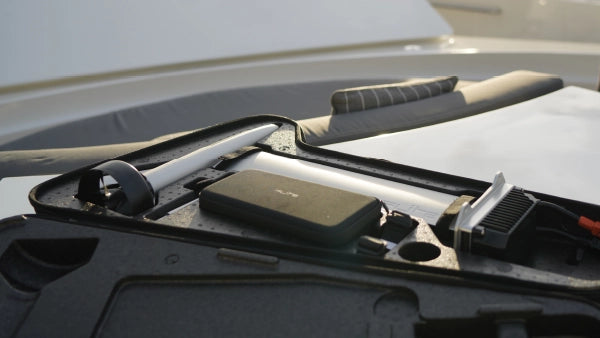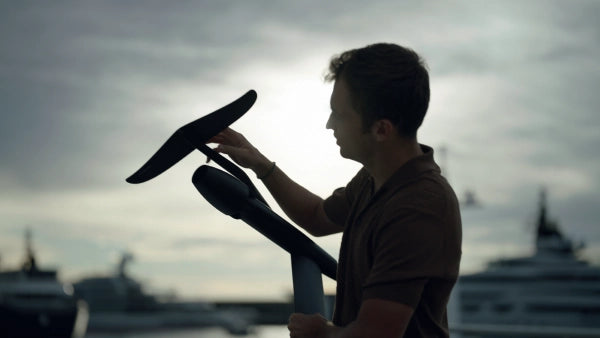How to choose the perfect eFoil for your budget
Aluminum eFoils vs forged carbon fiber eFoils vs pre-preg carbon fiber eFoils
Flite x Marc Newson’s MN60 and MN86 were created to be the very best eFoil boards in the world and made with no expense spared. At the heart of every eFoil setup sits the mast and foil itself, and we knew that a perfect board will only ride as well as the mast and foil allow. They need to possess the perfect amount of stiffness, as well as being lightweight, smooth and shaped for minimal drag.
We were greatly inspired by the world’s best motorsport teams who manufacture everything from the car’s many aerodynamic wings to the crashproof monocoque structure out of the extremely lightweight and stiff high modulus pre-preg carbon fiber.
This miracle material has these qualities because it contains the perfect amount of epoxy resin pre-impregnated in the fabric. Each precision cut layer is stacked in a mold before being cured. This happens under pressure in a precisely heat-controlled autoclave to avoid air bubbles and other faults which could cause failure under extreme forces.
However, there are plenty of other materials suitable for making an eFoil. Each has its own pros and cons, and they range in affordability. We’ve compared three common types of mast and eFoil materials so you can ride on your budget and get the most out of your setup.
Aluminum eFoils
Pros
— Conducts heat, so it can help to cool the motor and other electronics without the need for an internal water-cooling system
— Lightweight yet durable material
— Corrosion resistant when anodized
— Stiffer than forged carbon fiber for a more stable ride
Cons
— Heavier than carbon fiber
Forged carbon fiber eFoils
Forged carbon fiber, also known as ‘forged composite’, is a manufacturing process where carbon fiber strands are mixed with a resin in a mold and then compressed and cured. The resulting material has a unique appearance with a marbled or swirled pattern.
Pros
— More affordable than pre-preg carbon fiber
— Lighter than aluminum
— Durable material
— Corrosion resistant
Cons
— Construction can be prone to faults and defects
— Slightly heavier than pre-preg carbon fiber
— Not as stiff as aluminum or pre-preg carbon fiber
— Does not conduct heat as well as metal so requires a separate cooling system which uses power to run water pumps

Pre-preg carbon fiber eFoils
Pre-preg carbon fiber refers to carbon fiber fabric that has been pre-impregnated with resin. This material is typically used in aerospace, automotive, and high-performance applications.
Pros
— Lighter than aluminum and forged carbon fiber
— Corrosion resistant
— Stiffest material
— Precise construction eliminates the risk of air bubbles and other defects
— Superior strength allows for a thinner and more streamlined mast
Cons
— Most expensive
— Does not conduct heat as well as metal (however the MN eFoil contains a heat sinking aluminum core and therefore doesn’t require a water pump)
Ultimately the best eFoil for you is the one you’re riding. But keep in mind, these differences will affect your experience, as well as how easy it is to carry your setup to and from the water. As a beginner you might assume that you don’t need the lightest set up, but a heavier eFoil will make balance and turning more challenging, so we suggest riding the lightest setup you can afford.

